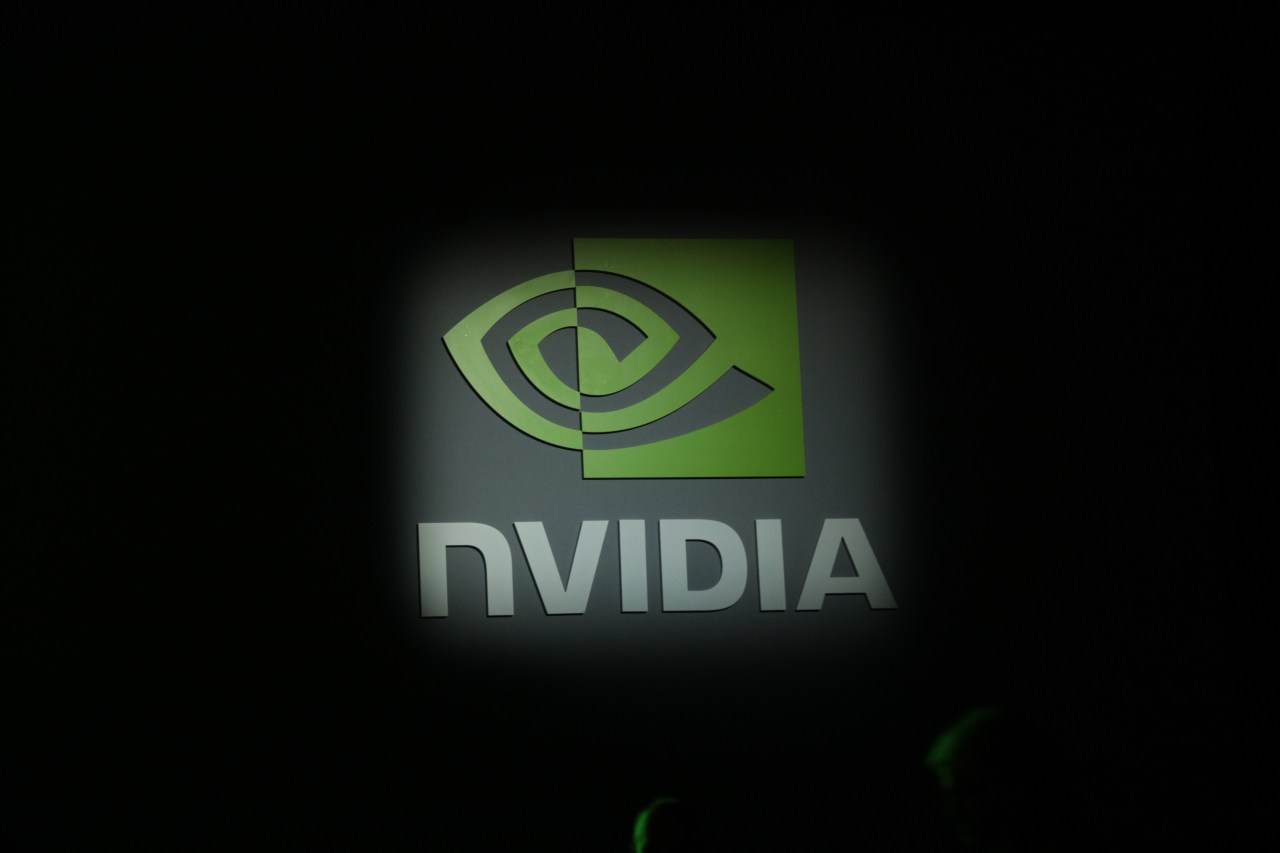The autonomous vehicle (AV) industry has taken significant strides over the last decade, aiming to transform transportation and enhance safety on the roads. However, as recent events have shown, the path to fully self-driving cars is tumultuous. In 2018, Nvidia announced a temporary cessation of its autonomous vehicle testing following a tragic incident involving a self-driving Uber vehicle that resulted in a pedestrian’s death. This decision reverberated through the tech world, spotlighting the need for safety and caution in this innovative arena.
Assessing the Impact of the Incident
The fatal incident involving an Uber self-driving car served as a wake-up call for many companies in the industry. Nvidia, renowned for its advancements in AI and deep learning, acknowledged that the stakes are higher than ever. In their statement, the company referenced the need to learn from the Uber incident, highlighting an industry-wide commitment to safety. The message was clear: while AV technology holds immense potential, it must be pursued with an understanding of the risks involved.
The Road to Safer Autonomous Vehicles
In Nvidia’s response, they expressed a belief that autonomous vehicles will eventually prove safer than human drivers. As they temporarily halted testing, they also emphasized their dedication to refining this technology. This required a robust re-evaluation of safety protocols and procedures. Here are some critical areas of focus for companies operating within this domain:
- Data Collection and Analysis: While Nvidia’s conventional vehicles continued to gather data, the incident reaffirmed the importance of robust data analysis methods in enhancing AV safety.
- Ethical AI Implementation: The tragedy sparked a conversation around the ethical implications of autonomous technology. Ensuring that AI systems are trained to make decisions aligned with human safety is crucial.
- Better Safety Protocols: Companies have ramped up efforts to establish exhaustive safety protocols and procedures that prioritize human safety and mitigate risks associated with testing.
- Public Trust and Transparency: Building public trust through transparency regarding safety measures during autonomous vehicle testing remains essential. Companies must communicate their efforts to ensure safety effectively.
The Response from Other Major Players
Following the Uber incident, several other companies joined Nvidia in reassessing their autonomous vehicle operations. Toyota, for example, suspended its testing programs for similar reasons, prioritizing the safety of all road users. These coordinated efforts underline a collective concern for public safety within a rapidly evolving industry.
Looking Ahead: The Future of Autonomous Vehicles
While halting testing may seem like a setback, many industry leaders argue that it is a necessary pause. Such moments allow companies to regroup, rethink strategies, and enhance their safety efforts. Nvidia’s precautionary measures align with a growing recognition that the road to fully autonomous vehicles must be navigated with care and diligence.
Conclusion
The temporary suspension of autonomous vehicle testing by key industry players like Nvidia reflects a broader shift towards prioritizing safety in the face of the dramatic evolution of AI technologies. The accidental deaths serve as stark reminders of the complexities and challenges tied to realizing a safer, self-driving future. As the industry continues to learn and adapt, there is hope that these advancements will indeed lead to a higher standard of road safety.
At fxis.ai, we believe that such advancements are crucial for the future of AI, as they enable more comprehensive and effective solutions. Our team is continually exploring new methodologies to push the envelope in artificial intelligence, ensuring that our clients benefit from the latest technological innovations.
For more insights, updates, or to collaborate on AI development projects, stay connected with fxis.ai.

